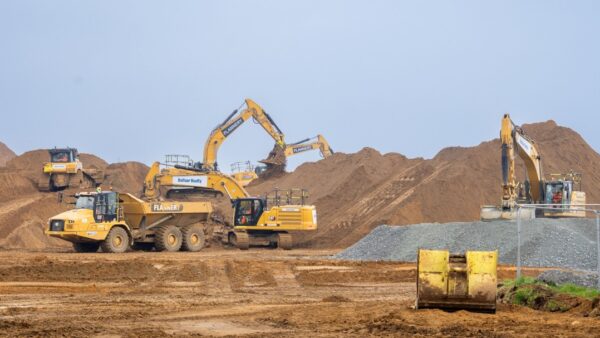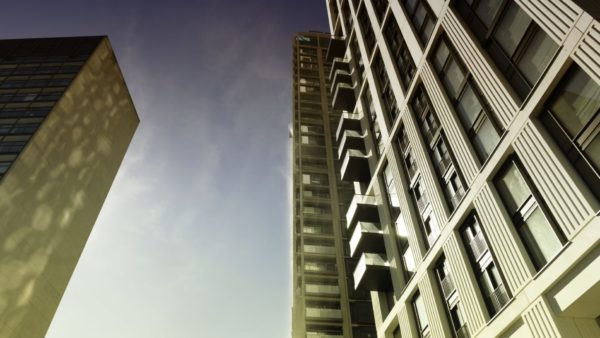
Costs associated with putting right hospital buildings containing reinforced autoclaved aerated concrete (RAAC) are set to skyrocket.
Last week a further 18 hospitals were added to the list affected by RAAC, bringing the total to 42.
Already the backlog in maintenance repairs to buildings and equipment in NHS hospitals in England alone was at £10.2bn last year – an 11% increase on the year before. This is also almost double the cost from the decade before, which was £4.7bn.
In light of more hospitals found to contain RAAC, these figures are set to rise. Updated figures from the NHS Estate Returns Information Collection (ERIC) survey are expected in December.
“Looking at the list of affected NHS sites, they range from large hospitals through to small community hospitals, and within those, we don’t know whether we’re looking at small sections of roofs or replacement roofs for entire sites being necessary, so the potential range in costs will vary massively.
“We know that, for example, at the Queen Elizabeth Hospital in King’s Lynn, which was already included in the government’s new hospital building programme, the majority of buildings on the site are affected.”
Calculating costs
BCIS estimates the cost of removing a RAAC-affected roof from a 10,000 sq m four-storey hospital and replacing it with a new metal roof is in the region of between £1.75m and £2m. Refurbishment of the rooms below are estimated at around £700-£800 per sq m.
Crosthwaite added: “Where remedial work is possible, rather than starting again with a new building, the challenges, and inevitably costs, increase when the setting is more difficult to access, when there’s specialist equipment on site and of course when it’s not as easy to move the occupants out, as it is perhaps to temporarily pause face-to-face education.
“Clearly, ongoing maintenance budgets in the public sector are going to be under pressure for some time, but the whole RAAC situation has proved exactly why investment in ongoing maintenance work – to keep buildings operational and their users safe – is so crucial.”











